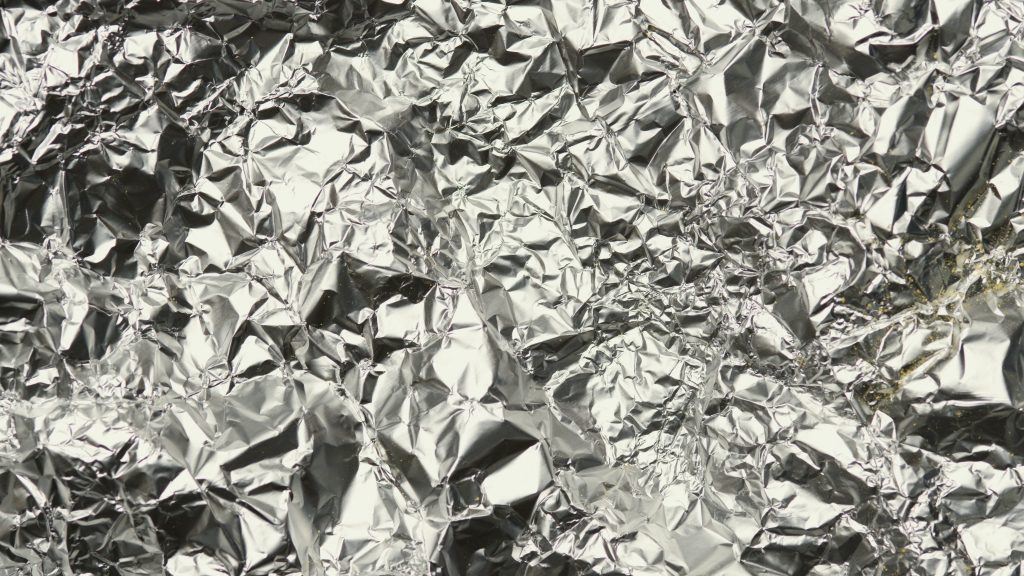Most people use aluminium foil at home to store and wrap food. Aluminium is very popular because it is easy to use, works well, and has special metal properties. That being said, why is aluminium foil such a popular choice for this? Let’s look into how it works and why.
The Properties of Aluminium
Aluminum is a remarkable metal with several distinct characteristics that make it ideal for use in foil form:
Malleability
One important reason aluminium foil is used to wrap food is that it can be shaped differently. Aluminum is a very malleable metal, which doesn’t break when pressed or rolled into thin sheets or foils. This makes it possible to make very thin foils that are light but strong enough to keep food safe from air, light, and moisture.
Chemical Stability
An important thing for food safety is that aluminium is one of the least reactive metals. If you put aluminium out in the air, a thin layer of aluminium oxide forms on its surface. This oxide layer protects the aluminium below from reacting with food or other things it comes in contact with while using it. Because of this, the foil doesn’t change the taste or quality of the food it’s wrapped in, so the food stays fresh and tastes the same.
Aluminum Foil and Food Safety
Wrapping Foods in Aluminium Foil
Aluminium foil is especially useful for wrapping foods because it forms a tight seal around the food, keeping it fresh for longer periods. This is particularly useful for preserving leftovers, covering dishes to prevent contamination, and even cooking certain foods by trapping heat and moisture.
The Potential Risks
While aluminium foil is generally safe for wrapping cold or room-temperature foods, caution is needed when wrapping warm or hot foods. Aluminium foil can begin to leach small amounts of aluminium into the food at high temperatures. While the amount is typically small, over time and with frequent use, this can potentially lead to health concerns. Research suggests that excessive intake of aluminium could be linked to various health conditions, though more studies are needed to fully understand the risks.
Best Practices for Using Aluminium Foil
To safely use aluminium foil for food wrapping, consider the following guidelines:
Wrap foods that are cool or at room temperature in aluminium foil. Do not wrap hot or warm foods directly in aluminium foil. Letting foods cool down before wrapping them reduces the likelihood of aluminium leaching.
Stay away from acidic foods. Tomatoes and citrus fruits, for example, can cause more aluminium to leak out, so it’s best not to wrap them directly in foil.
– Use different materials for high-heat cooking. For example, you could use heat-resistant materials like parchment paper or silicone mats instead of aluminium foil for grilling or baking.

